I'm kind of stuck, and not really sure where to look, or what to look up.
I need to take the output of a USB audio fongle that has a single 3.5mm jack (TRRS), into a break out cable, and then need to take the microphone and the left and right channels into two different transformers for some impedance matching with another device.
If I take the microphonr + and the ground -, attach them to the transformer pins 4/5 it causes Windows to automatically take the volume and adjust it to zero. I assume this is because it senses a fault.
The transformer is a MET-32t, and the USB dongle is a generic USB audio device.
Computer -> USB dongle -> TRRS breakout cable -> microphone + -> leg 4 (150 ohm) ~~ -> (600 ohm) leg 1
Computer -> USB dongle -> TRRS breakout cable -> GND - -> leg 5 (150 ohm) ~~ -> (600 ohm) -> leg 2
This also happens with the L and R channel. Windows will just adjust the volume on its own.

simulate this circuit – Schematic created using CircuitLab
I'm just beginning in circuit engineering so I'm not really sure what to do. I have a bunch of different components I've tried and if I increase the resistance on the ground side it stops the volume changing, but then there is no voltage going through the transformer.